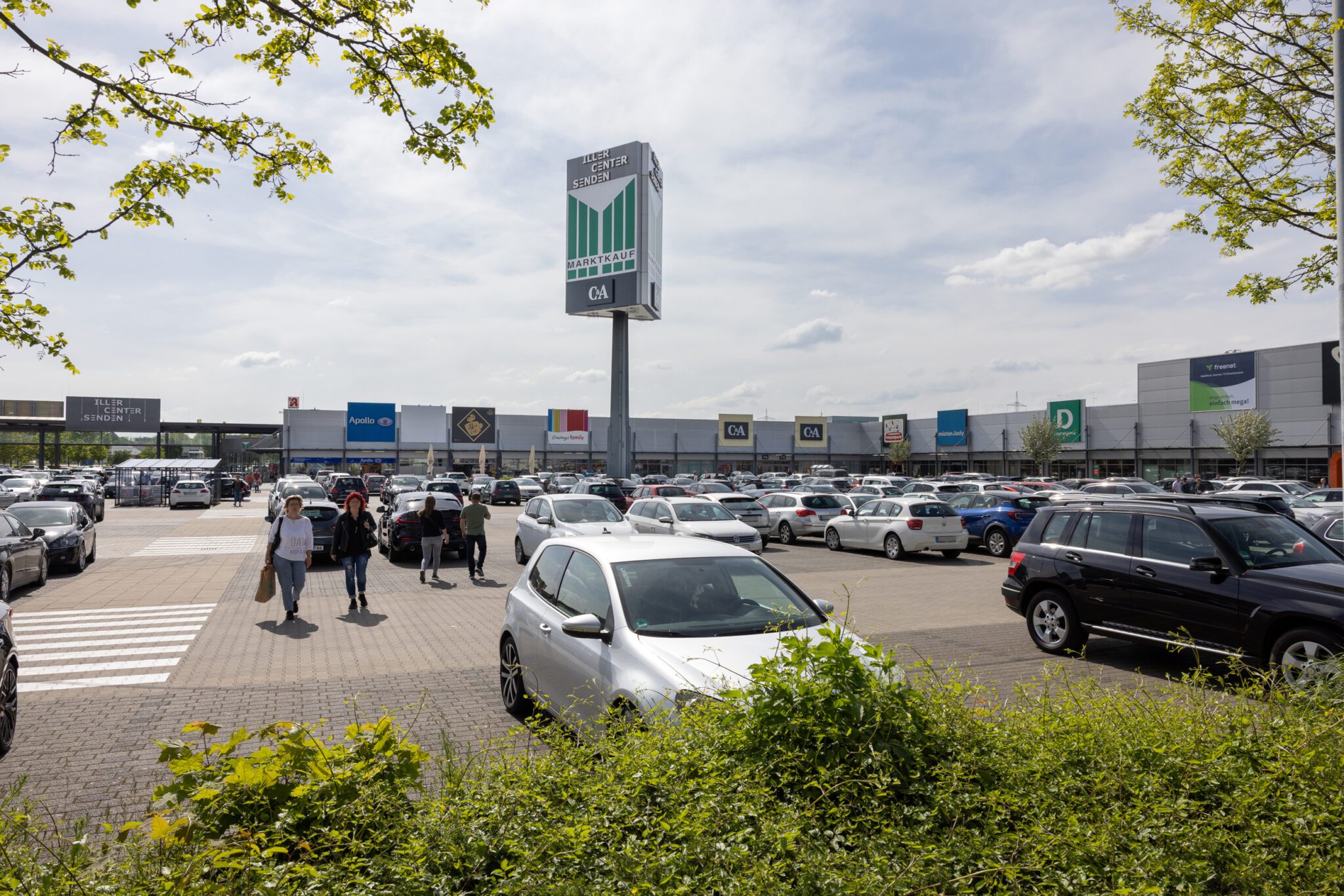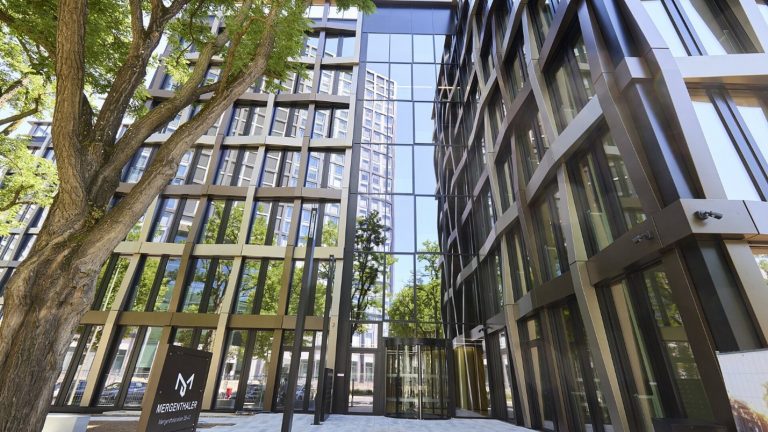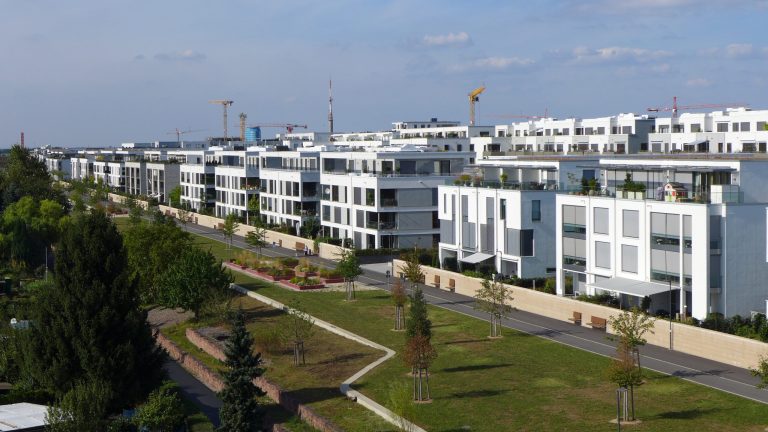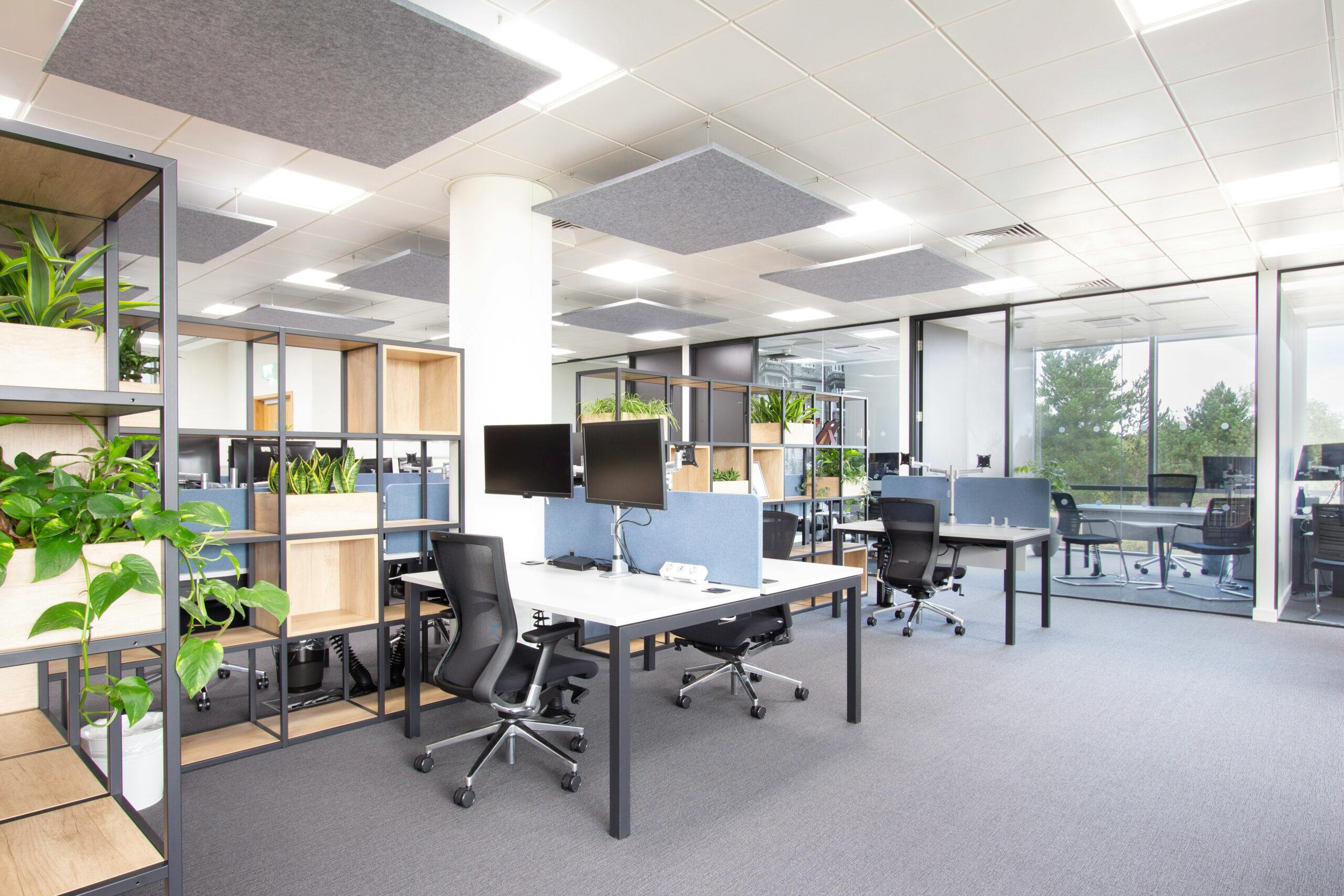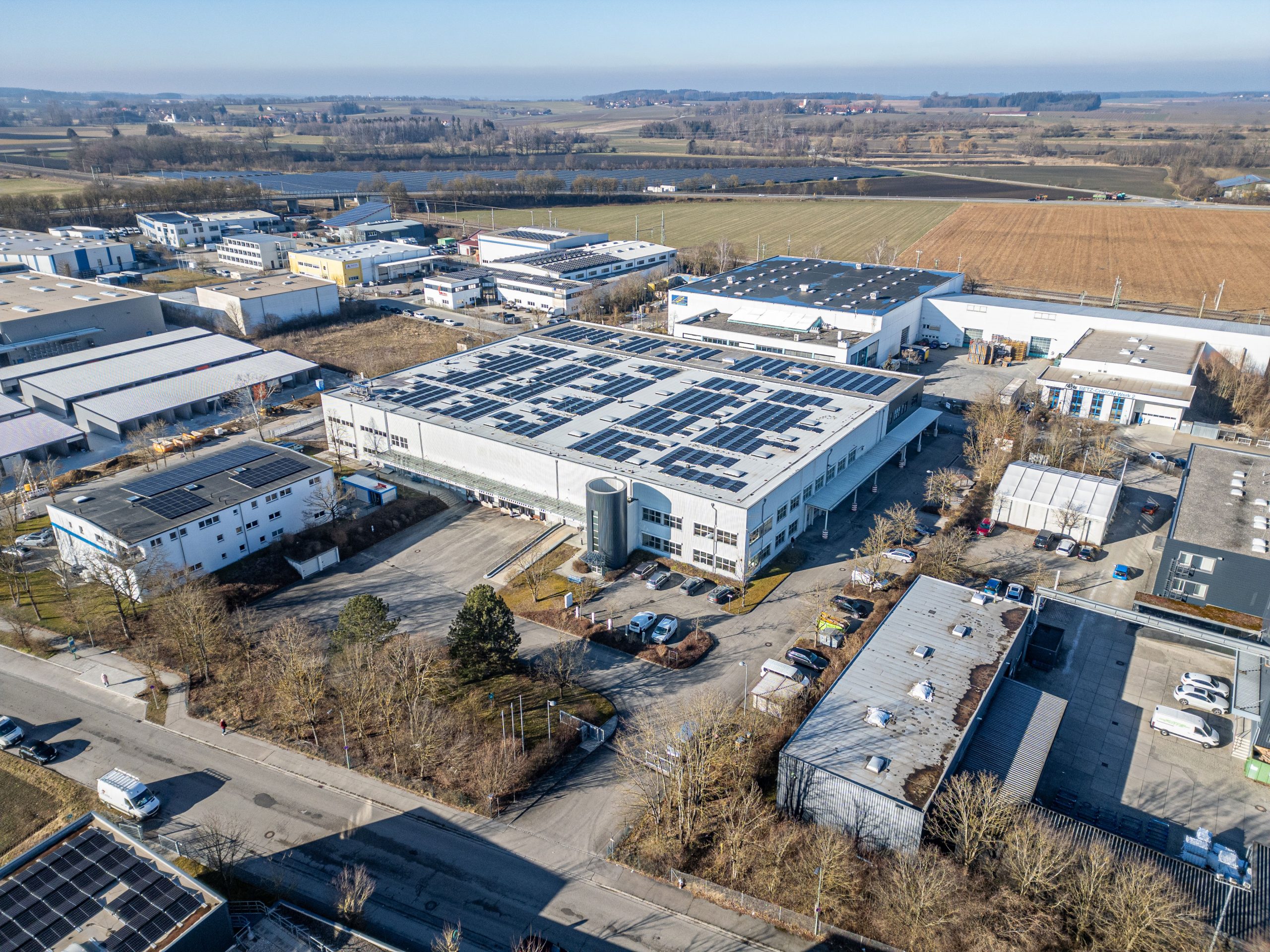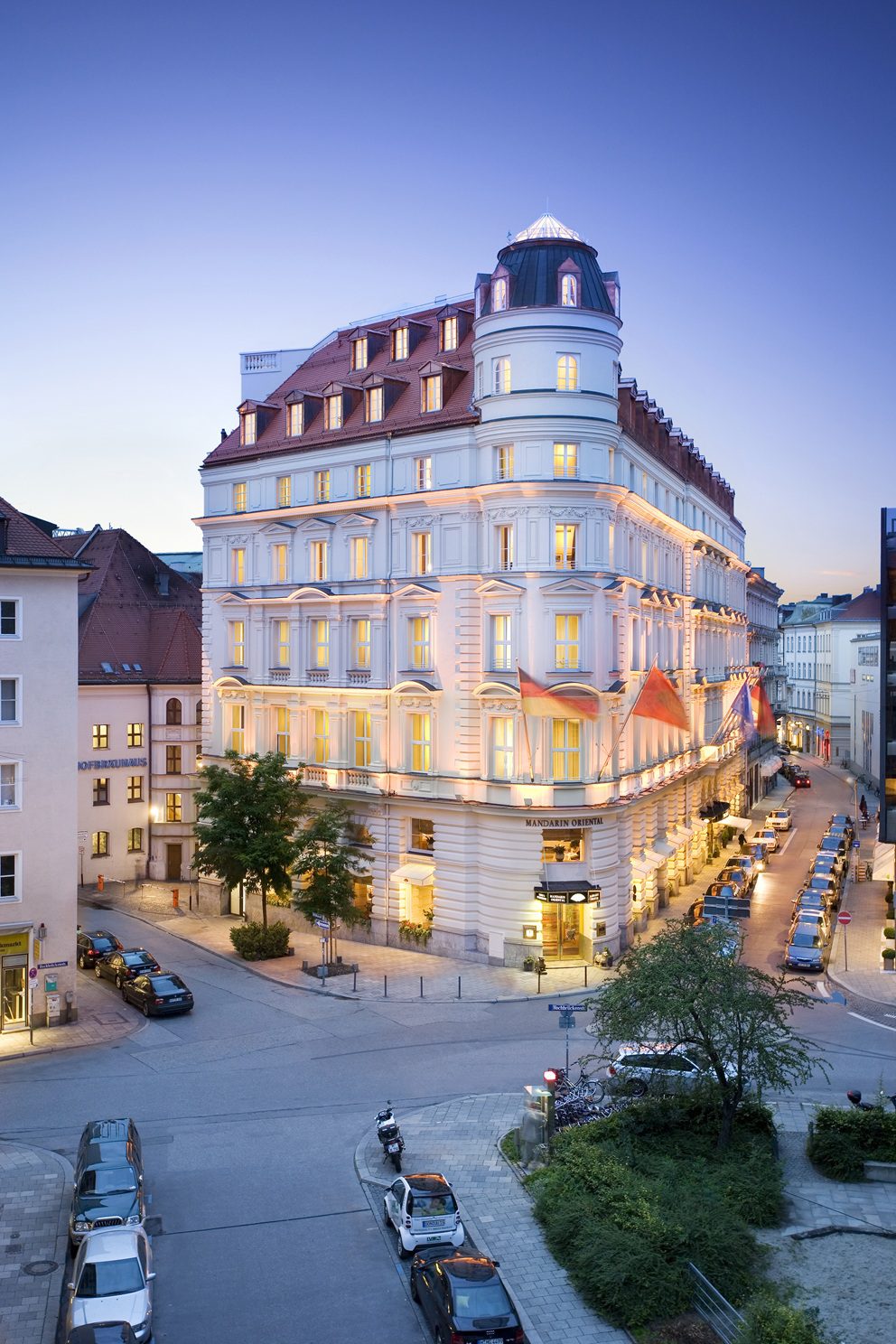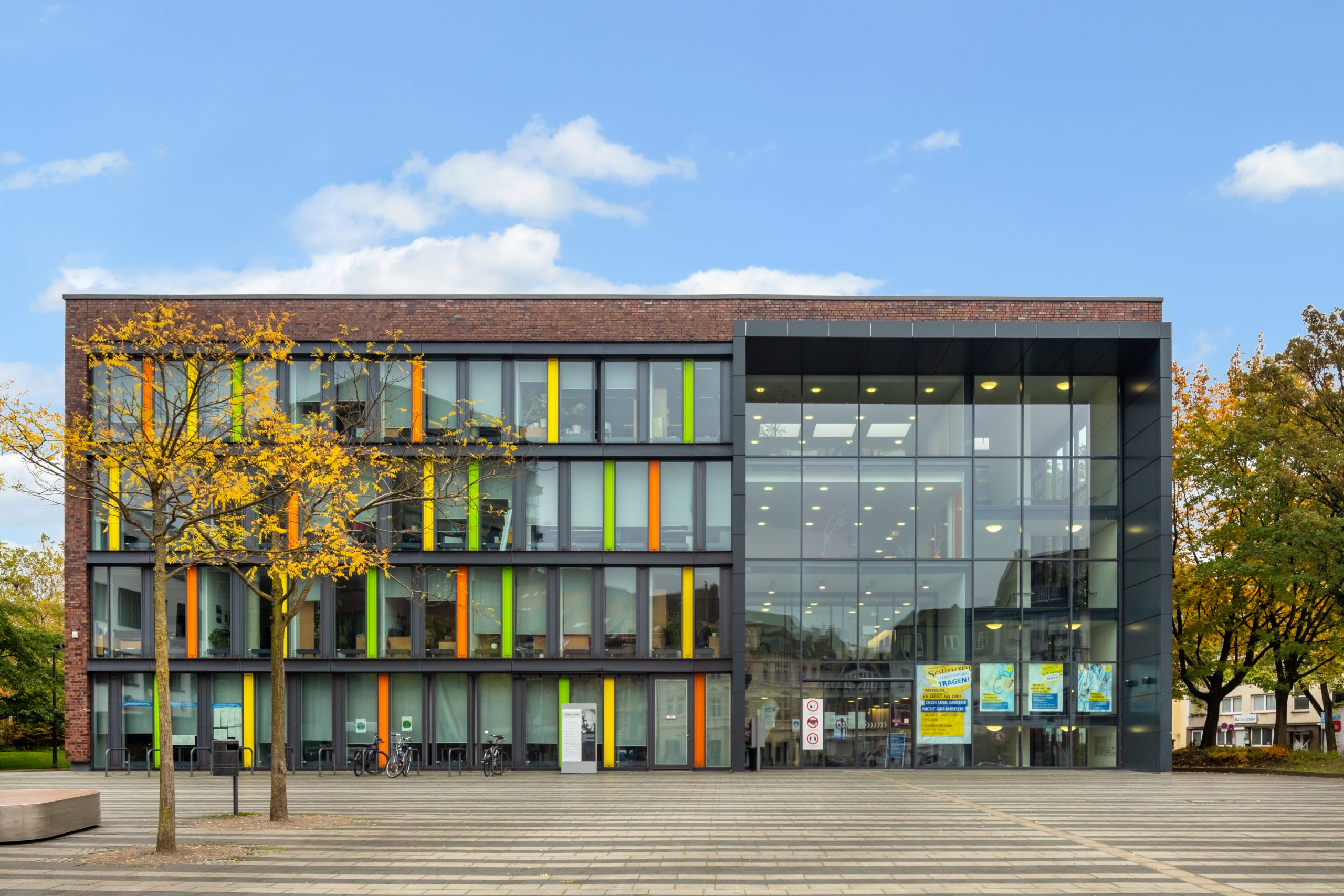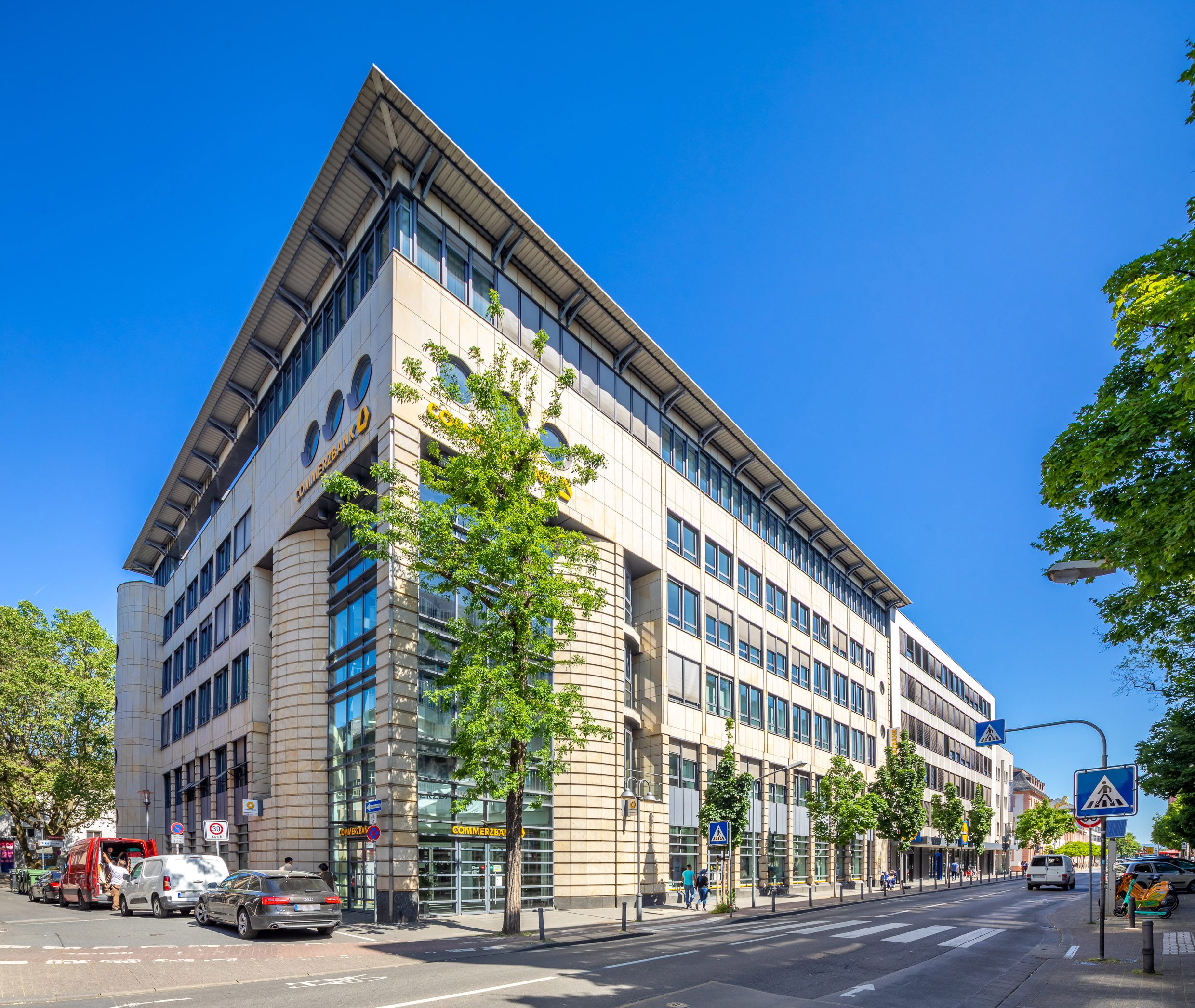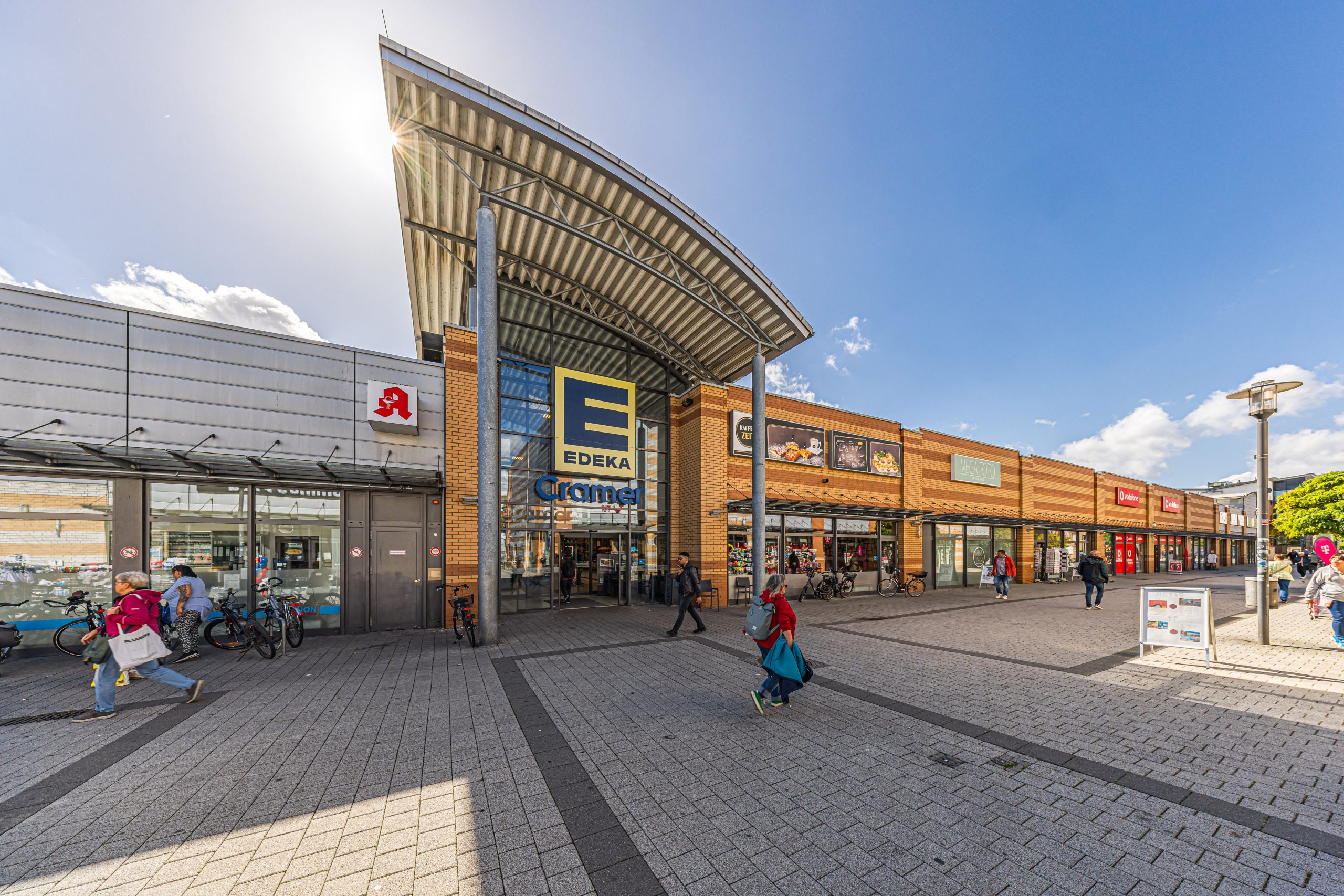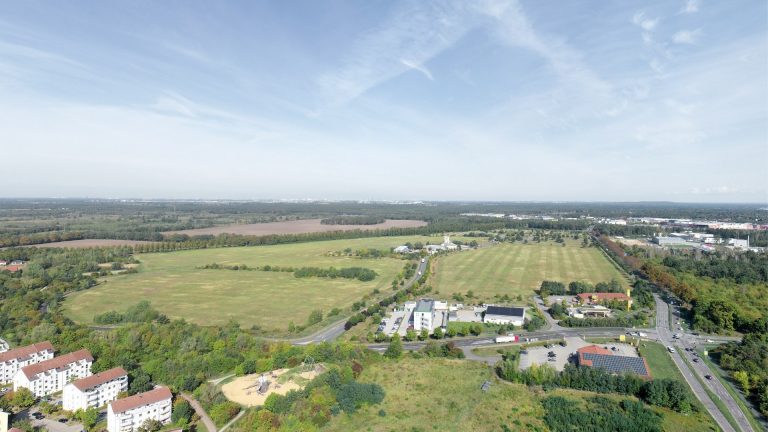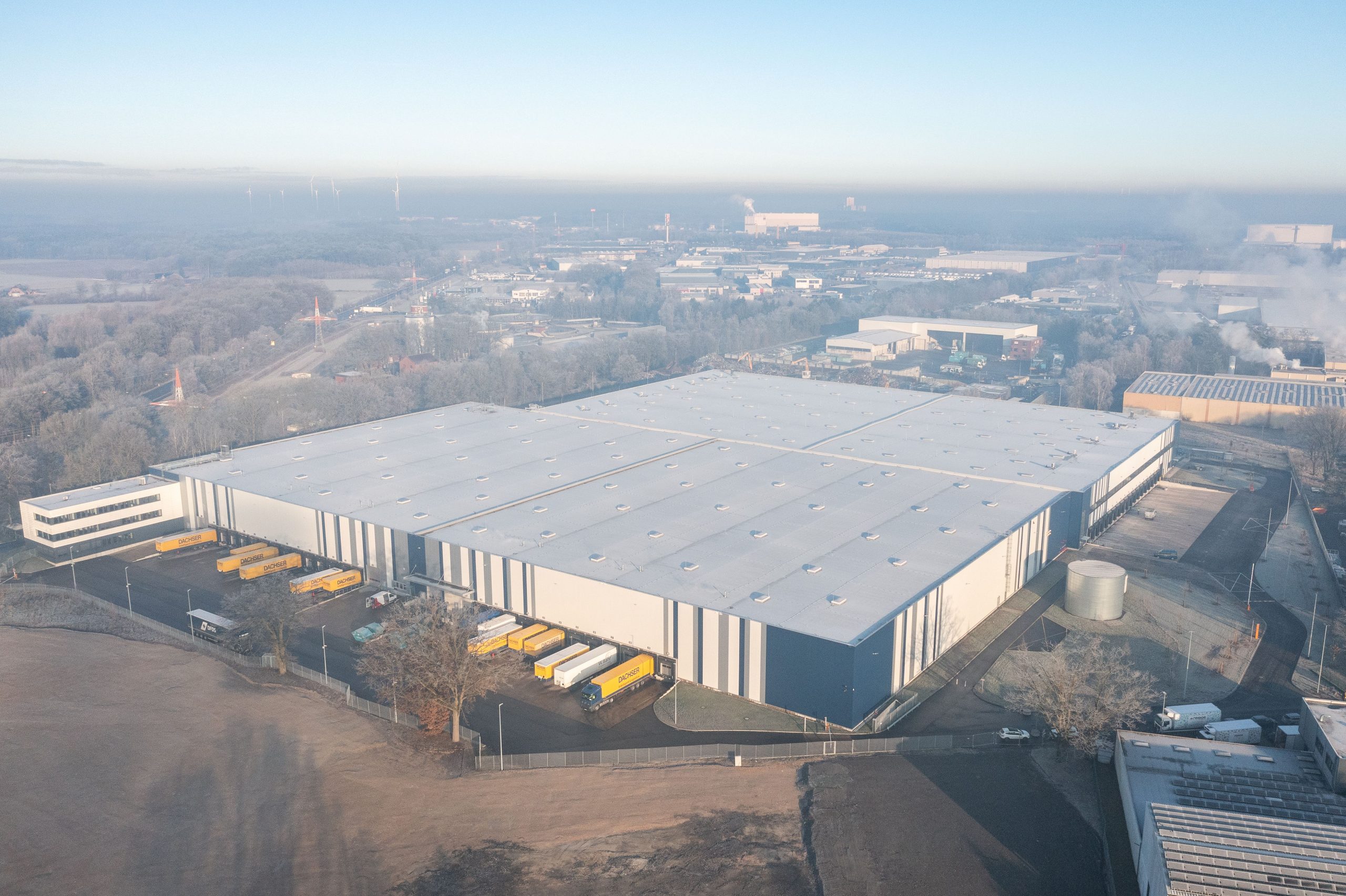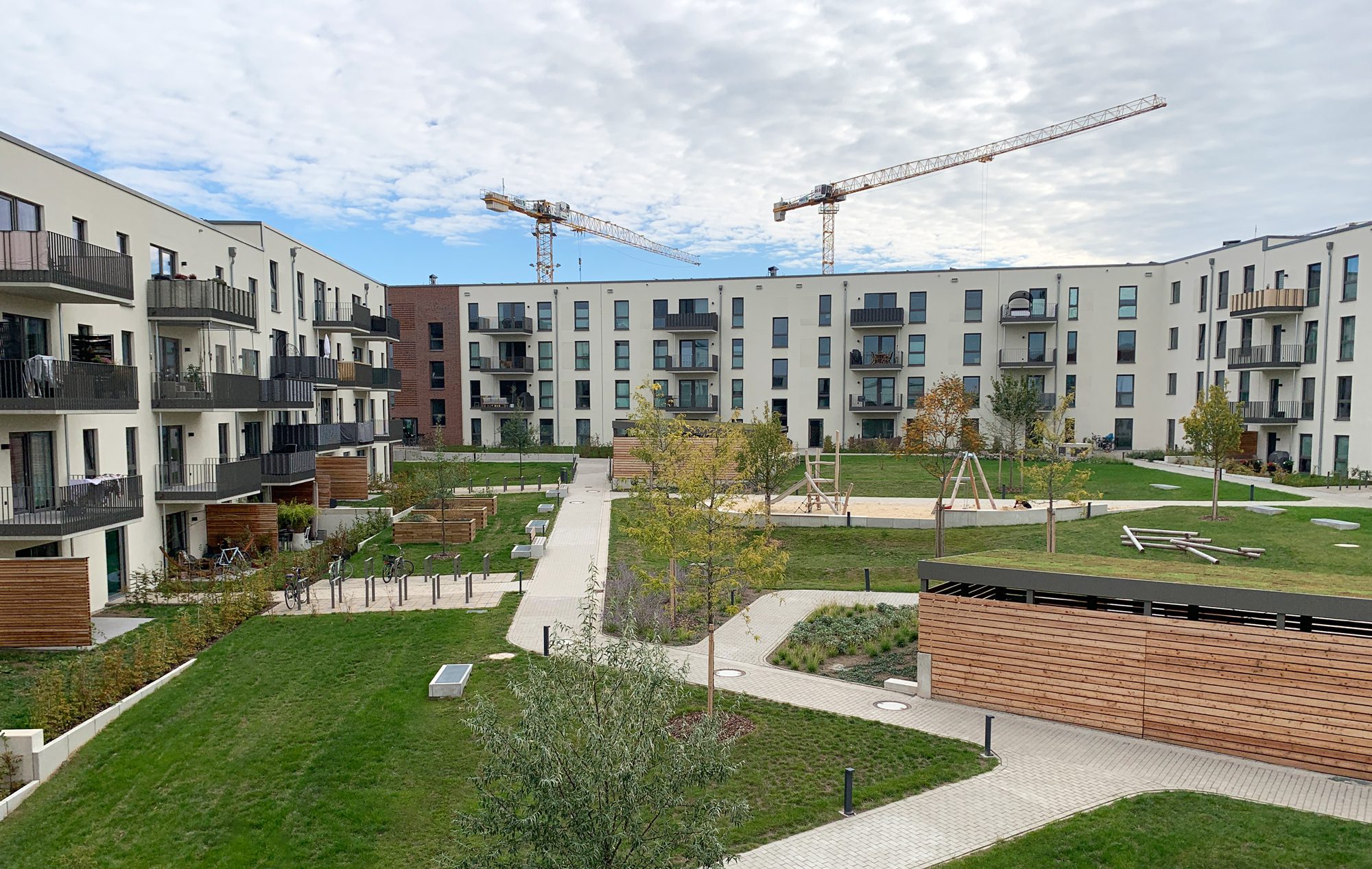Even though the retail investment market reported a slight decline in revenue of around €4.1 billion at the end of the third quarter (-16% compared to Q1-3 2024), the lively transaction activity of the first half of the year has continued in recent months. One reason for this is not least the good volume of individual deals, which at around €944 million between the beginning of July and the end of September recorded the highest quarterly figure of the current year. This is the result of the analysis by BNP Paribas Real Estate
“Thus, the market-determining drivers remain very diversified: While individual sales currently dominate, it was portfolio transactions over the course of the year, which in turn were dominated above all by the Porta takeover by XXXLutz in the high three-digit million range. In contrast, smaller portfolios consisting of retail parks and food-anchored assets have recently been registered in the parcel sales segment. However, especially in the portfolio sector, new transaction processes are constantly being initiated, some of which are in the marketing phase for long periods of time, but which nevertheless constantly maintain investment activities. In terms of size classes, a positive indication is that deals in the three-digit million segment are increasingly being concluded again for both portfolios and individual assets. Nevertheless, the average deal volume of €24 million remains at a low level,” explains Christoph Scharf, Managing Director of BNP Paribas Real Estate GmbH and Head of Retail Services.
The distribution of volume by property type will continue to be determined by the specialist retail division (a good 63%) as a result of the Porta takeover. While shopping centers are noticeably moving back into the focus of investors (around 16%), investments in the commercial and department store sector have so far been predominantly small-scale (15% and 5% respectively).
Sales in top markets increase, yields stable
In the context of the market-dominating volume of specialist stores, it is not surprising that the A-locations, which usually appear through large-volume high-street or shopping centre sales, have so far only participated to a comparatively small extent in the result (a good 20%). To date, with a few exceptions, mainly smaller properties have been sold in the top markets. However, this is to be seen as a snapshot and at the end of the year it cannot be ruled out that sales in the high-street sector could pick up. The fact that 53% of the volume was generated in the third quarter alone underlines the upward trend in the largest investment markets.
There were no changes in net prime yields in the first nine months, after only retail parks rose again for the first time at the end of 2024 (4.65%). Individual food retailers are still at 4.90%, shopping centres at 5.60% and DIY stores at 5.70%.
Prospects
The retail investment market has already recorded lively investment activity throughout the course of 2025, which was very different in the individual quarters: In the first half of the year, the retail park and portfolio divisions were able to lay the foundation for a positive performance, while in recent months the A-locations have increased and an increasing momentum has been felt in the segment of major deals and shopping center investments. Accordingly, the signs for the final quarter are good that there will continue to be many different drivers for the last part of the year that will have a positive effect on the overall result.
In terms of property types, demand remains focused in particular on retail park and food investments as well as portfolios in this segment. In addition to the assets in the food retail sector, which have been popular for many years, non-food properties and portfolios have also gradually positioned themselves very successfully in the specialist retail segment. Attractive yield premiums were able to help this product category gradually move further into the spotlight. The same applies to the shopping center segment, where the price expectations on the buyer and seller side are now closer together, so that attractive entry opportunities for investors are opening up again in view of the yield level that has now been achieved. In addition, high-street investments remain sought-after assets in good conditions in relation to the macro locations, especially in highly frequented consumer or established luxury locations. More than one in four individual transactions is a commercial building deal, but the division only generates 15% of sales. “In the overall view of market conditions, prime yields for the end of the year can initially be expected to continue to move sideways,” says Christoph Scharf.
Link to the market report:
Retail real estate investment market Germany Q3 2025 | BNP Paribas Real Estate




